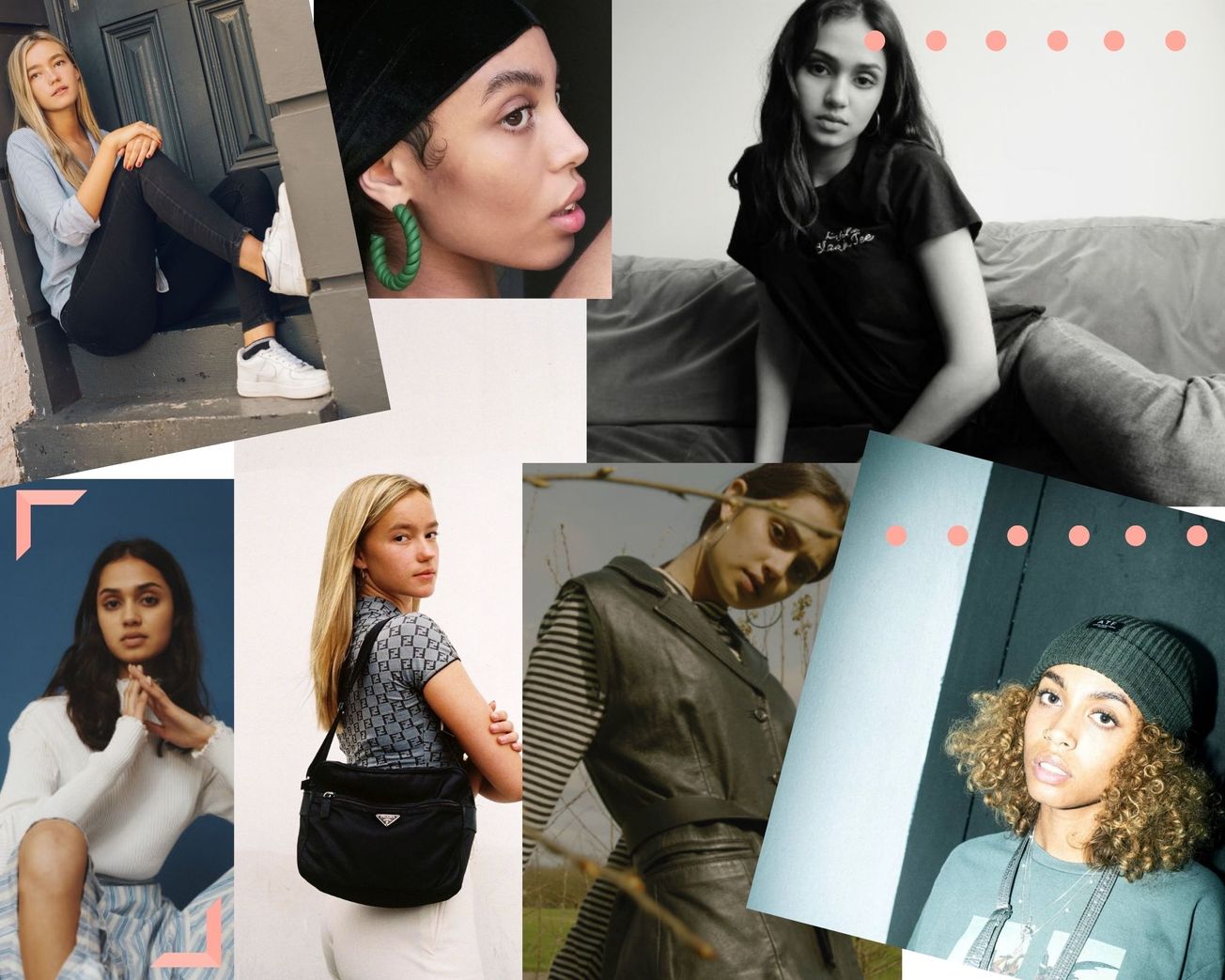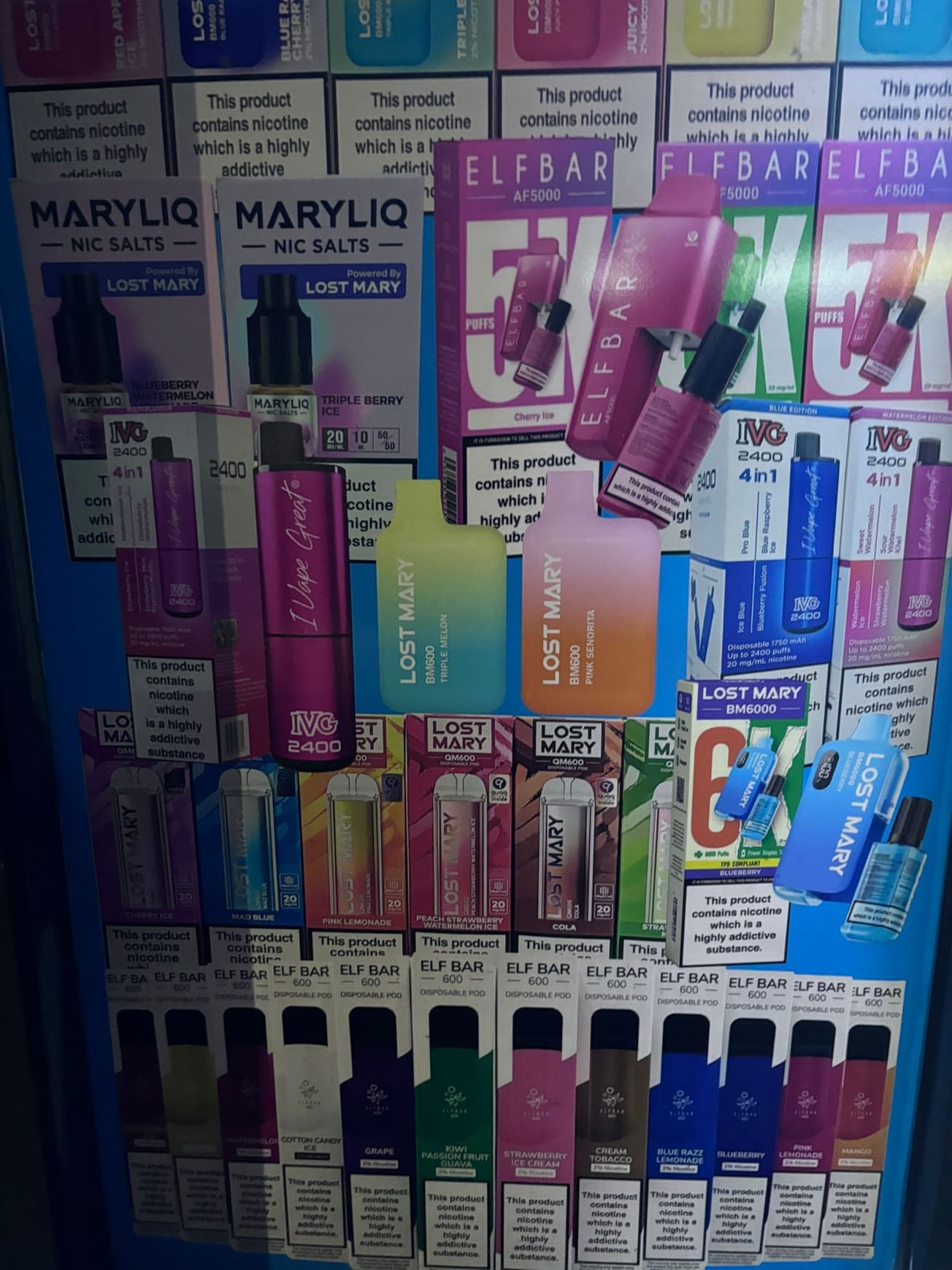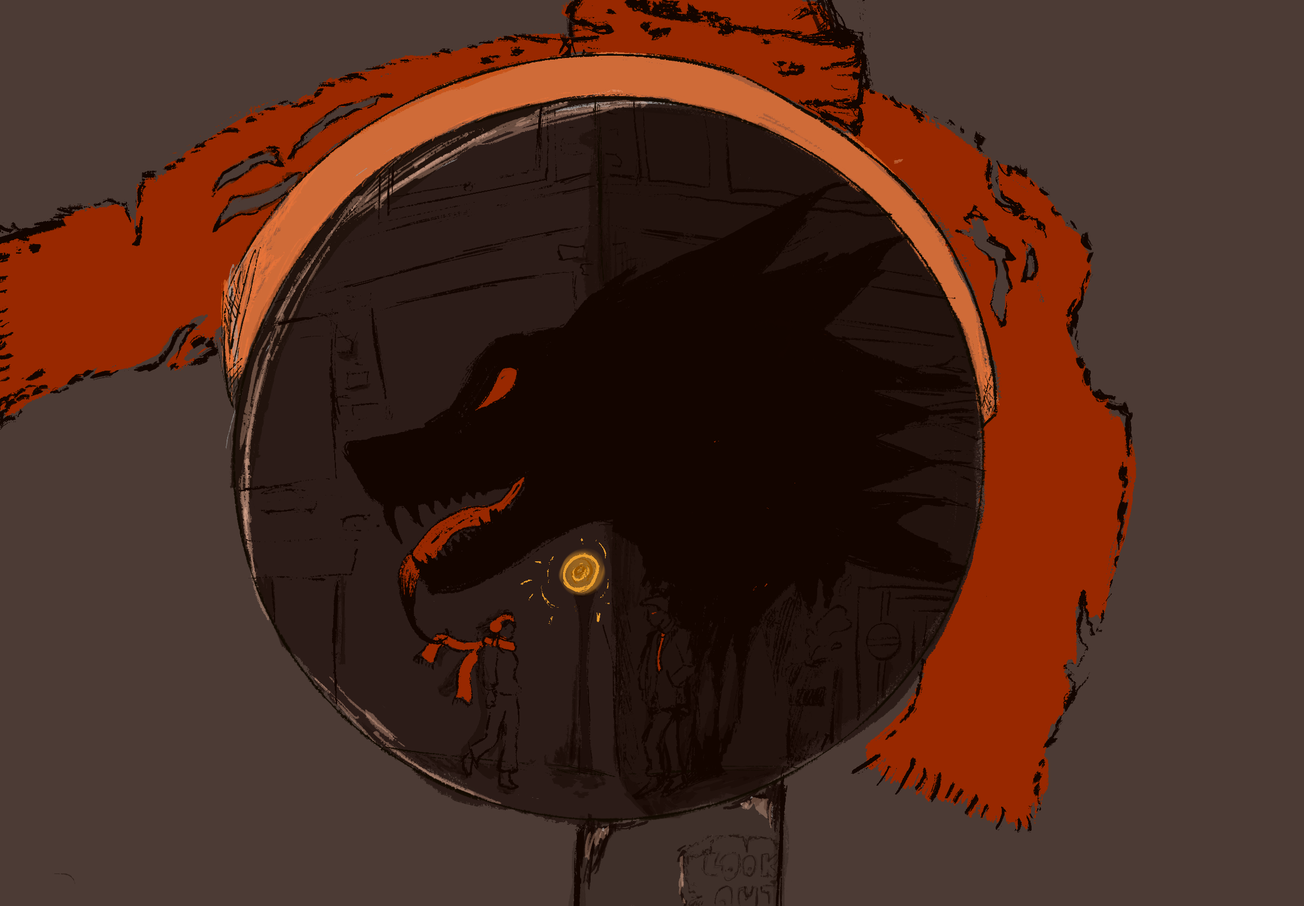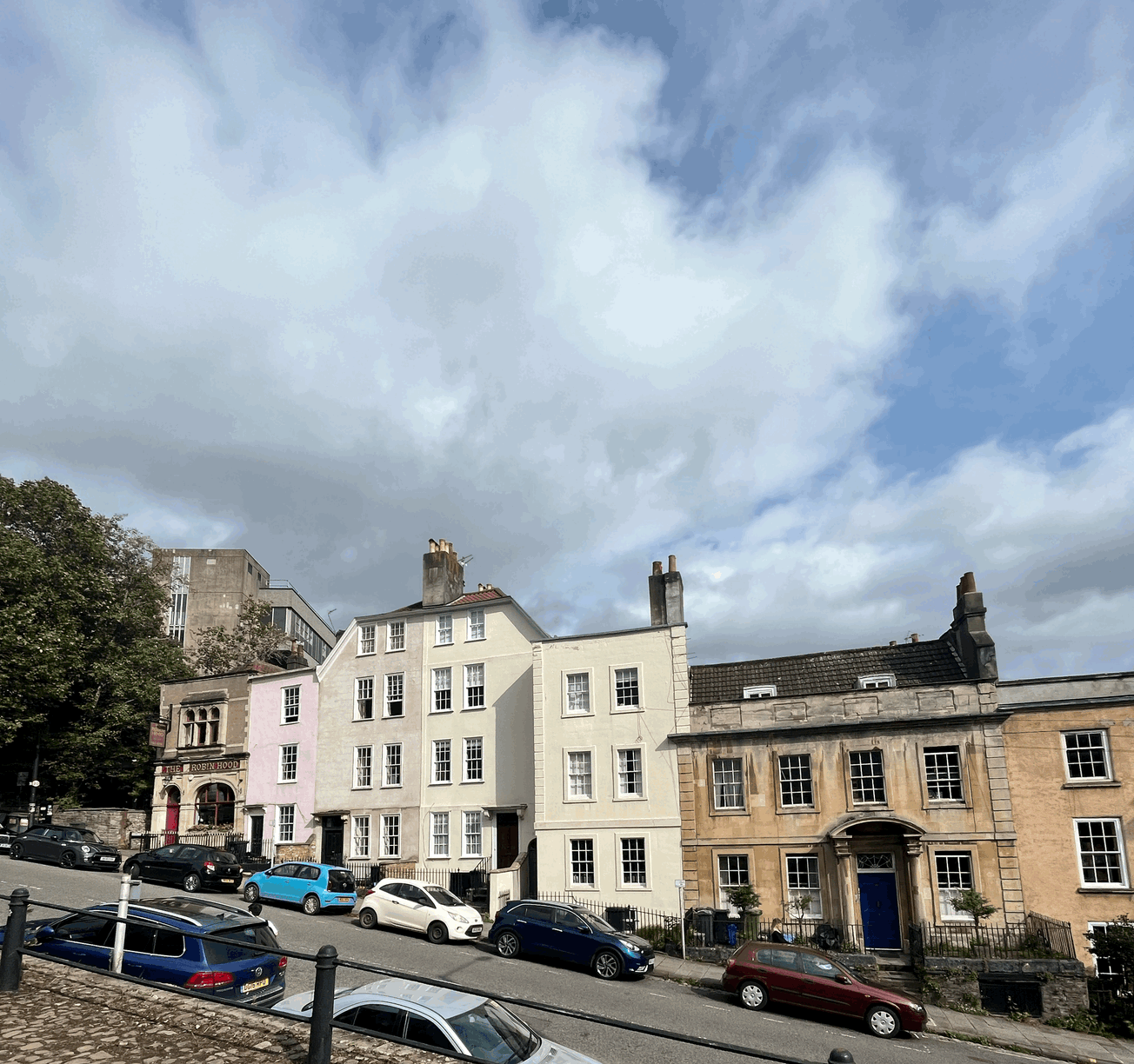By Noa Blane Damelin, Digital Features Editor
*CW: Discusses body image and eating disorders
The seemingly glamorous modelling industry has often attracted public intrigue. But for young female undergraduate students who are trying to balance studying with earning some money while maintaining positive mental health, modelling can be a toxic and unrewarding industry.
Adult models legally have to be over the age of 18 to work, so the very same year in which most students complete school or college and start University is also a whirlwind year of being thrown into the fast-paced and highly competitive industry for aspiring models. While elements of the job are certainly fun, a lot of it is exhausting both physically and mentally.
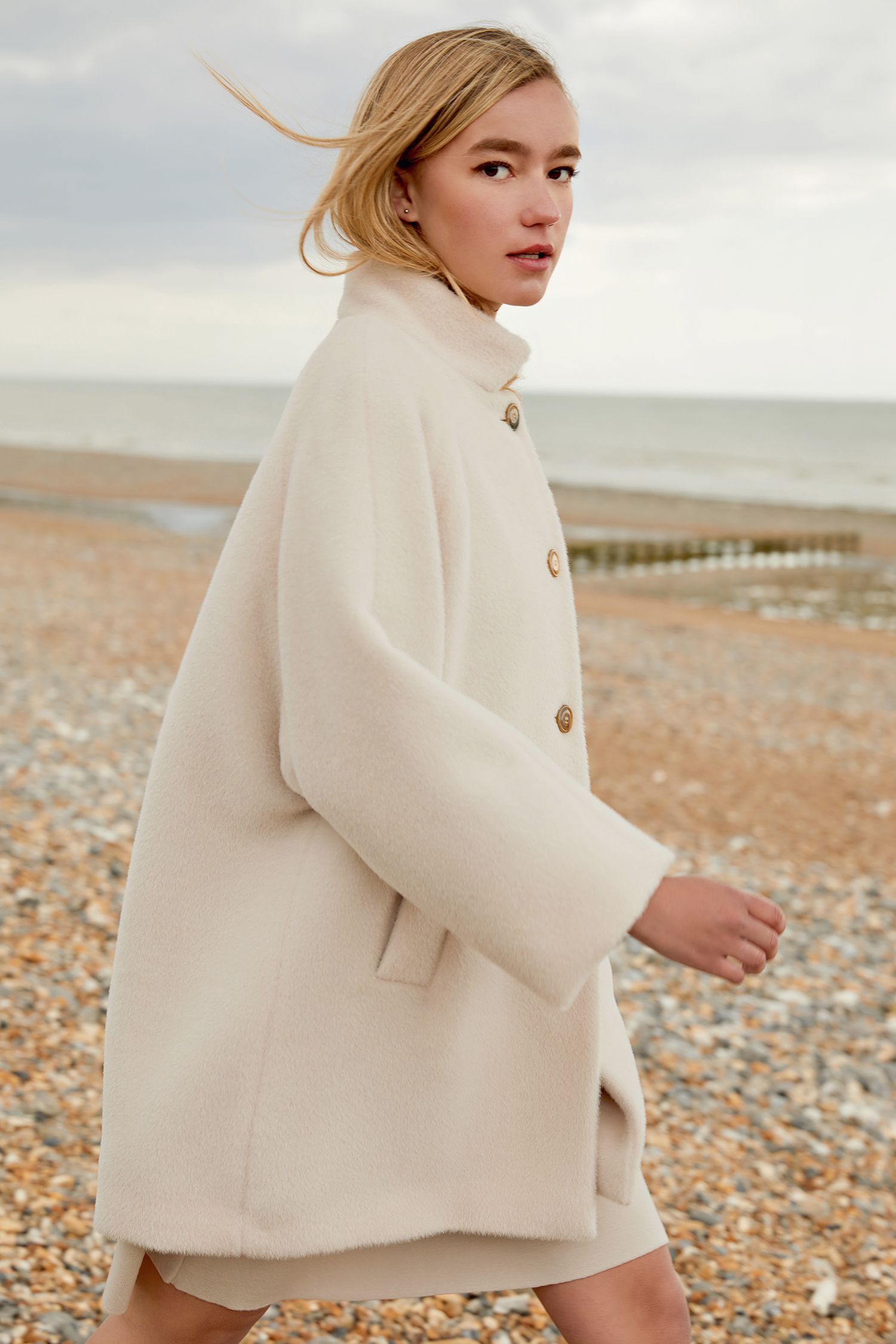
Epigram spoke to Gabby Deane, second year Neuroscience student here at the University of Bristol who has also done professional modelling for well-known fashion e-commerce brands including ASOS, River Island and Urban Outfitters. Deane started modelling in her gap year having previously not intended on attending university at all. However, the full-time model lifestyle felt unsustainable for her long-term.
Phoebe Rylatt, third year Mechanical Engineer at the University of Nottingham similarly started working at age 18 after having been scouted multiple times as a younger teenager. Rylatt found that the modelling lifestyle was difficult to balance with university workloads, particularly due to the last-minute nature of the industry meaning that models are oftentimes only contacted about castings with only a few hours of notice. Needless to say, this is not very convenient when students have lectures and seminars to attend or University deadlines to meet.
There are some modelling agencies that cater specifically to students in full-time education who tend to take the student lifestyle more into account. However, these smaller student agencies are also often less financially lucrative for the models.
Aimee Smith is a fourth year Fashion Design student at Manchester Metropolitan University, and she thinks that the pandemic has actually made it easier for her to fit modelling around her degree because due to online learning there are more opportunities to book a job during the day and catch up in your own time.
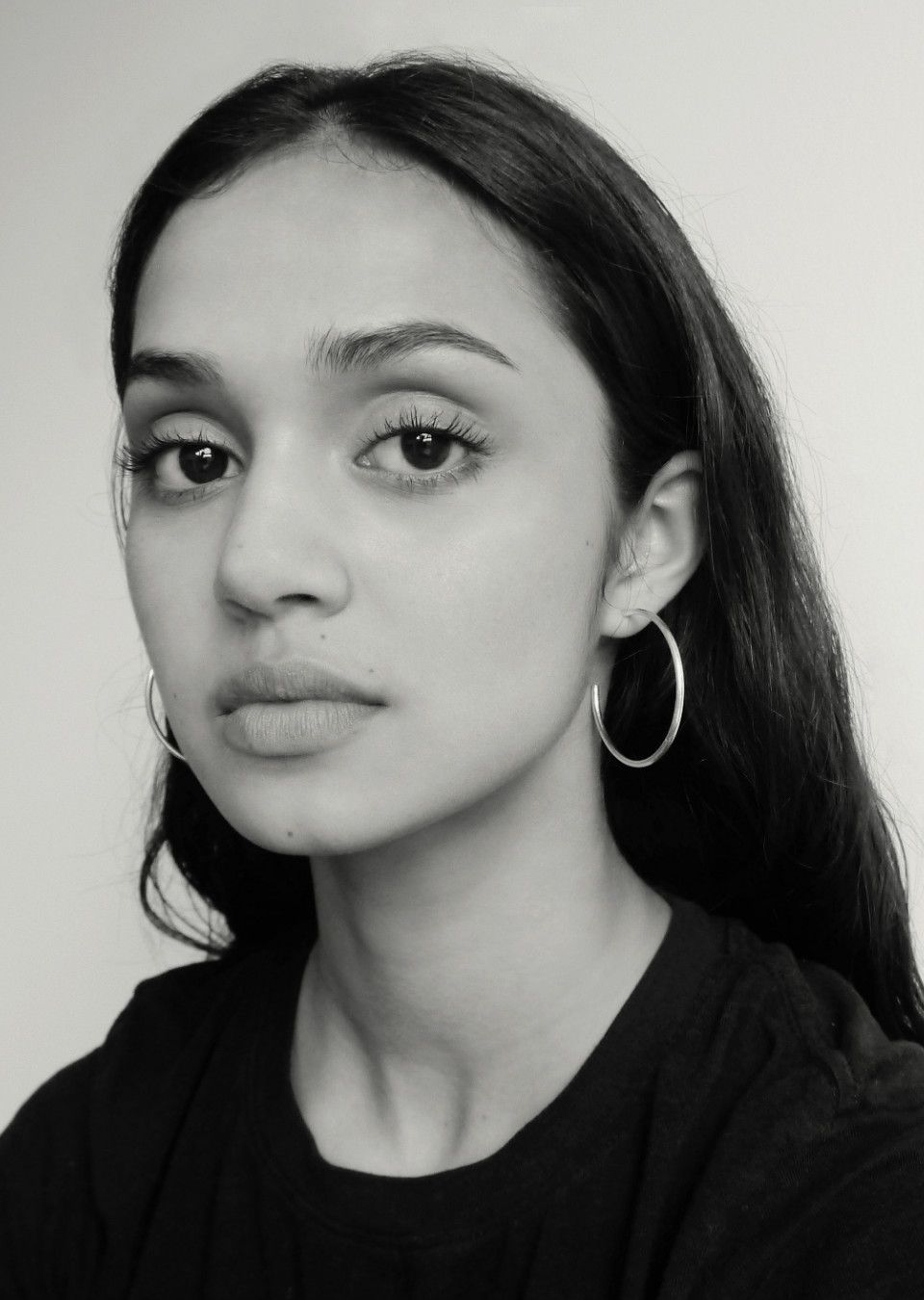
Do models actually make a lot of money for their labour? The answer varies hugely, across type of modelling (high-fashion catwalk models earn far more than e-commerce, for example) as well as from job to job. At the extreme end, some shoots can earn students upwards of a thousand pounds for a day’s work. It’s not always that glamorous though; many established e-commerce brands pay more in the £100-£200 range for a full day. Smaller and more independent firms and student gigs tend to pay less.
The work that models put in to earn this is often physically exhausting, trying on upwards of 40 outfits for e-commerce shoots and standing on their feet for hours at a time. Sometimes shooting on location is highly uncomfortable, whether too hot, too cold or in awkward poses. Deane commented that having done both modelling and bar work, in many ways bartending is the preferable student job of the two.
Agencies also take a cut of the model’s fees and also often spring unexpected costs on them. Agency fees range across the industry, sometimes from 10 percent of the model’s profit to upwards of 30 percent. However, Deane commented, she would not have been able to get jobs without an agency unless she established a significant Instagram following.
Building a following on Instagram is an alternative option for both getting scouted and receiving job offers, but this is not an option for models who don’t want to build an influencer-like Instagram presence. Smith was scouted by her agency on Instagram last year, and she shared that she is frequently encouraged to promote her personality online to try build up followers and get jobs that way. The modelling industry is changing due to the rise of influencer culture on social media, especially Instagram and TikTok.
Perhaps the most alarming aspect of the modelling industry is the toll that it can take on models’ mental health. It is hardly news to state that the modelling industry is built on perpetuating unattainable beauty ideals.
Both Rylatt and Deane agreed that body image insecurities and eating disorders are significant issues in the industry. Both girls admitted to either having felt expected to lose weight and exercise more, or conversely had been congratulated by agents when they lost a significant amount of weight in a short period of time.
Models also have to put up with constant comments about their appearance and their body. Deane commented, ‘People think because you’re a model you can handle it [the mean comments],’ but it can be really emotionally taxing.
‘People think because you’re a model you can handle it’
Rylatt also shared that her mental health hit ‘rock bottom’ at times during her modelling career, as it became impossible to differentiate her value as a person from her appearance. ‘I look back at it and I’m shocked at how I treated myself’ she admitted. For Rylatt, it is only since she took a step away from modelling for a while and focussed on herself as a student and as a person – including being nominated for Female STEM Undergraduate of the Year – that she was able to improve her mental health again. ‘Now I’m more proud of my LinkedIn than my Instagram’ she joked, showing subtly but artfully how far the modelling industry can clash with mental health.
Is there positive change emerging from within the industry? Smith reckons that ‘now is the best time you could ever be a model because there are so many different companies online that commercial modelling is becoming a lot more inclusive.’ Smith is 5’’2 and from a BAME background and says that in terms of diversity in the industry, while there is ‘not as much as there should be, it is becoming more inclusive.’
Deane says she has also seen increasing diversity of both body shapes and sizes and ethnic background of models at shoots but change is not equal across all sections of the industry. Fashion e-commerce brands tend to represent more diversity of body type than do catwalk models, where models are still expected to comply with very specific body measurements.
‘I hated myself completely’ - Bristol student speaks out about body image struggles
Bristol University's Science of Happiness course shown to improve students' mental health
In terms of diversity of ethnic background, Deane also argued that at the moment ‘It definitely, definitely is very whitewashed.’ Being half Sri Lankan, Deane has often been the only half-Asian girl on set, and feels that there is often evident tokenism in the industry’s castings.
Modelling seems like a very difficult industry for students to navigate, but perhaps change is coming as the first signs of increasing diversity and representation of a range of body shapes and sizes have become more widespread in recent years. Social media may be changing the industry and giving models more autonomy than ever before, but the industry still has a long way to go.
Do you think the modelling industry is changing for the better?
Featured Image: Collage by author; photo credits to Gabby Deaane, Phoebe Rylatt and Aimee Smith

